Irates
No tale of backslash is more famous in the Haan Archipelago than that of the formation of the Irate criminal organization, the result of hundreds of independent pirates deciding to band together to show that no king could choose to just get rid of them.
The pirate activity can be divided into two types:
Instead of hunting for just cargo, southern pirates act somewhat like tetsus of the sea, patrolling a set territory and attacking anything that approaches. They will destroy or capture ships, cargo and people, prioritizing keeping the target crews alive to be sold as slaves. Very few manage to escape back.
They sometimes hunt in groups formed by one or two small fast ships and a heavier one, so that the first can reach the target and force it to engage while the slower one catches up to deal the killing blows.
They stick to the south and east of the archipelago and navigate the more open waters.
They attack merchant ships to steal their cargo and occasionally take people from the pillaged ships to join their ranks such as in the case of Hylmer, the kidnapper of Prince Kuja, but they are not known to engage in the slave trade. Haanite pirates usually stick to the coastal areas and straits of the north and east sides of the archipelago. Their ships use disguises such as fake flags, empty barrels and tarps covers for their cannons to look like merchant ships in order to approach their targets and hide from navy ships. These are the group from which the Irate guild would later be formed.
The king of the Kingdom of Karte, Rastapuj, spent several years preparing his response, building Kartian Hunter Ships specially designed to trick pirates, keeping track of each of merchant ship's comings and goings, etc, in a manoeuvre that was known as the War on Pirates. He launched his plan on the 23rd of Resting of 3003 E.Alz and saw good results for the following three years.
The death of the prince initiated the final standoff between the pirates and the Kartian forces, as the first fled back into the oceans.
This invasion is regarded to be the catalyst of all of the pre-existing socio-economical turmoil in the Kartian society, as the grief suffered by king Rastapuj undermining his already frail mental stability, leading to terrible governmental decisions that eventually gave rise to a long civil war.
The most notable of these raids was the sinking of The Great Vertixico, a renowned hunter ship named after a famous captain that drowned after a pirate attack during the war.
History
Piracy in the Haan Archipelago
With all of the international trade of the archipelago relying on merchant ships, it is no surprise that piracy is a profitable, flourishing activity.The pirate activity can be divided into two types:
The Southern Pirates
Those from the hostile ships that come from the Savage Isles are known as the Southern Pirates. They are presumed to actually be premeditated crews of privateers launched by the governments of their islands to hunt on any ship from the Trade Islands.Instead of hunting for just cargo, southern pirates act somewhat like tetsus of the sea, patrolling a set territory and attacking anything that approaches. They will destroy or capture ships, cargo and people, prioritizing keeping the target crews alive to be sold as slaves. Very few manage to escape back.
They sometimes hunt in groups formed by one or two small fast ships and a heavier one, so that the first can reach the target and force it to engage while the slower one catches up to deal the killing blows.
They stick to the south and east of the archipelago and navigate the more open waters.
The Haanite Pirates
Those that come from the Trade Isles are generally fugitives that form crews of mixed backgrounds.They attack merchant ships to steal their cargo and occasionally take people from the pillaged ships to join their ranks such as in the case of Hylmer, the kidnapper of Prince Kuja, but they are not known to engage in the slave trade. Haanite pirates usually stick to the coastal areas and straits of the north and east sides of the archipelago. Their ships use disguises such as fake flags, empty barrels and tarps covers for their cannons to look like merchant ships in order to approach their targets and hide from navy ships. These are the group from which the Irate guild would later be formed.
The War on Pirates
During the decade of 2990 E.Alz, pirate activity increased exponentially in the coasts of the archipelago, as the Haanite pirates saw the west coast of Karte as an especially profitable area to raid.The king of the Kingdom of Karte, Rastapuj, spent several years preparing his response, building Kartian Hunter Ships specially designed to trick pirates, keeping track of each of merchant ship's comings and goings, etc, in a manoeuvre that was known as the War on Pirates. He launched his plan on the 23rd of Resting of 3003 E.Alz and saw good results for the following three years.
The assault of Dia
This section contains descriptions of violence towards a minor.
Hover over the blurred areas to reveal the content.
Hover over the blurred areas to reveal the content.
As the War on Pirates claimed ships and took a huge cut of profit out of the illegal trade, the captain of the Wild Goes Faster, a furry woman by the name of Heliom decided to take matters into her own hands.
One by one she contacted other Haanite crews and carefully organized a retaliation. The 18th of Burning, 3006 E.Alz marked the day when a big group of organized pirates sailed to the capital city of Karte, the City of Dia. Aided by the night they managed to ambush the city and capture the only son of the king, the 14 year old Prince Kuja. The prince was taken and kept in a captured Kartian ship called Sand Bird,
One by one she contacted other Haanite crews and carefully organized a retaliation. The 18th of Burning, 3006 E.Alz marked the day when a big group of organized pirates sailed to the capital city of Karte, the City of Dia. Aided by the night they managed to ambush the city and capture the only son of the king, the 14 year old Prince Kuja. The prince was taken and kept in a captured Kartian ship called Sand Bird,
and tortured for several days until the Kartian army located the hiding place and surrounded it. In a final demonstration of power from the group of criminals, Kuja was taken to the railings and, in front of the standing army, he was beheaded, his body thrown overboard and his head kept as a prize.
Formation of the Irate guild
The pirate crews that survived the invasion gathered after the victory and formally allied into an organized "guild" under the name of Irates. The Sand Bird was renamed Beheaded and kept as the flagship of the new criminal organization, captained by Heliom. The Skull of the Beheaded Prince, lost for some days in the turmoil of the escape and gnawed at by vermin, was hanged from the main mast for everyone in the ship to see and became their symbol of power. The Irates took a small uninhabited island south of Thaur as their headquarters and started sailing under a single flag, creating a sort of shared culture and developing a micro-society and economy in their hideout island.Involvement in the Night of the Unlit Candles
After several years of civil war, the subversive groups of Kartians had gone relatively quiet all of the sudden around the year 6 E.Ru. It was clear that something was brewing in the Kartian underground, but it wasn't until the 20th of Harvesting, 9 E.Ru that the full extent of the plan was discovered. The Kartian revolutionaries had used all those years to engage all of the civilians and the military, made use of all of the available contact weavers, and create a temporary alliance with the Irates, all leading to an event know as the Night of the Unlit Candles, where everyone sympathetic to the revolution kept their candles and torches unlit to help identify monarchists. Knowing that the king, his Regal Stags and close allies would try to flee the country, the revolutionaries tipped off the Irates and helped them infiltrate several points of the Tantalej river in order for them to raid the escaping aristocrats.The most notable of these raids was the sinking of The Great Vertixico, a renowned hunter ship named after a famous captain that drowned after a pirate attack during the war.
Port of Fury
The island southeast of Thaur has turned into a more and more complex Irate port over the years, with what started as a beachside camp turning into two properly built docks, several humble lodgings and even couple of permanently stocked shops.
The island was simply known as "Irate hideout" by the authorities of other islands, but it's been named the "Port of Fury" by their builders.
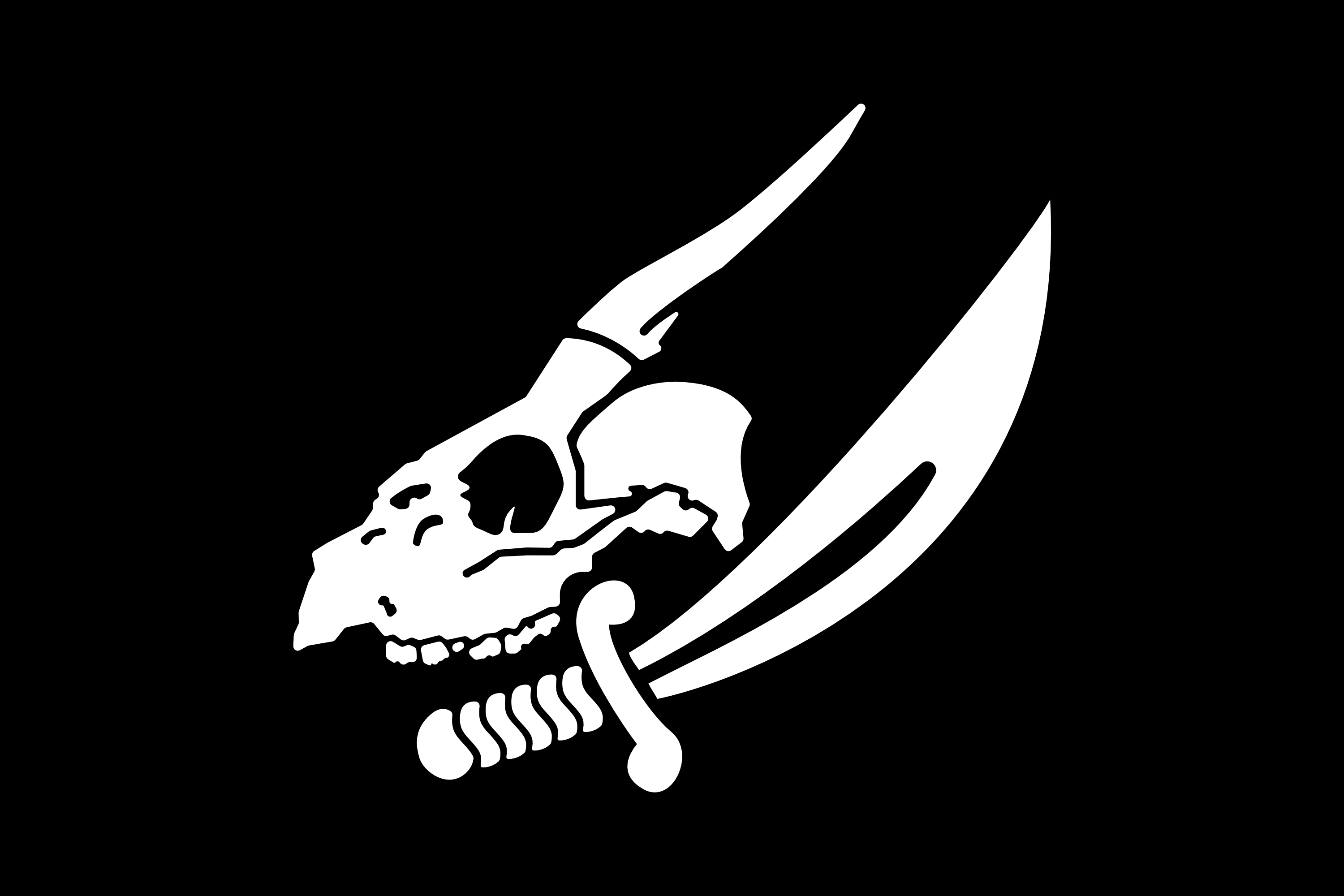
Founding Date
18th of Burning, 3006 E.Alz
Type
Illicit, Pirate Crew
Demonym
Irate
Leader
Government System
Democracy, Presidential
Power Structure
Thalassocracy
Economic System
Palace economy
Related Items
Organization Vehicles

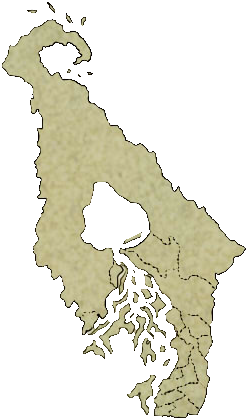
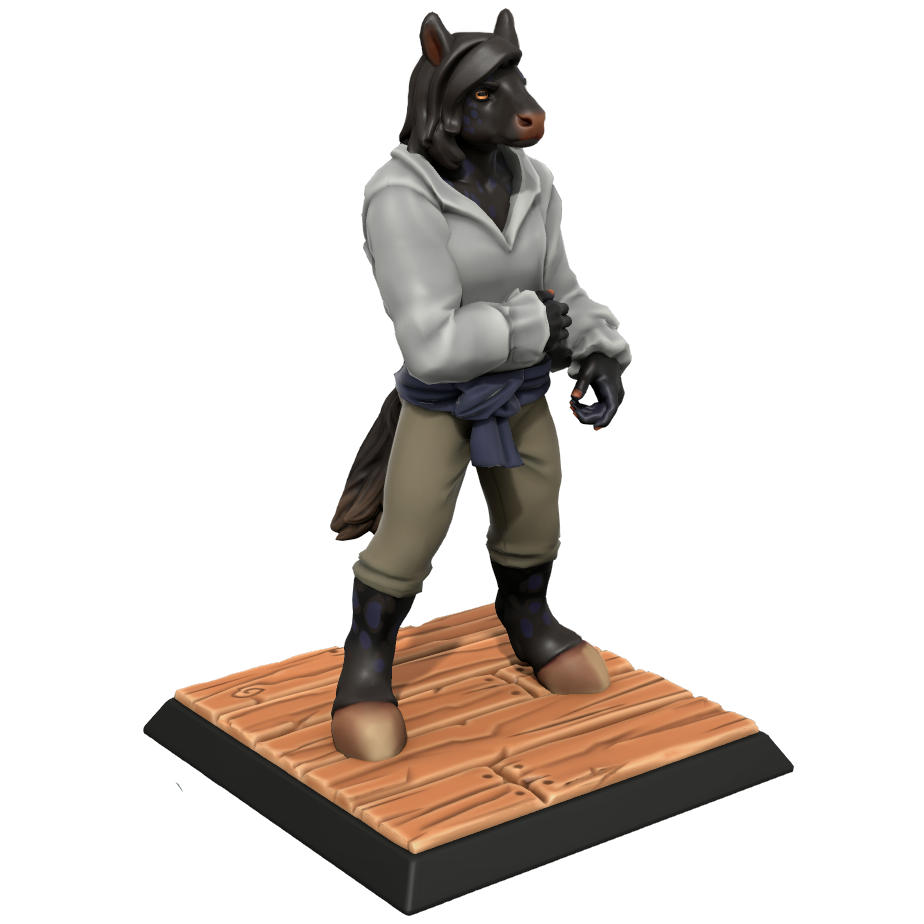
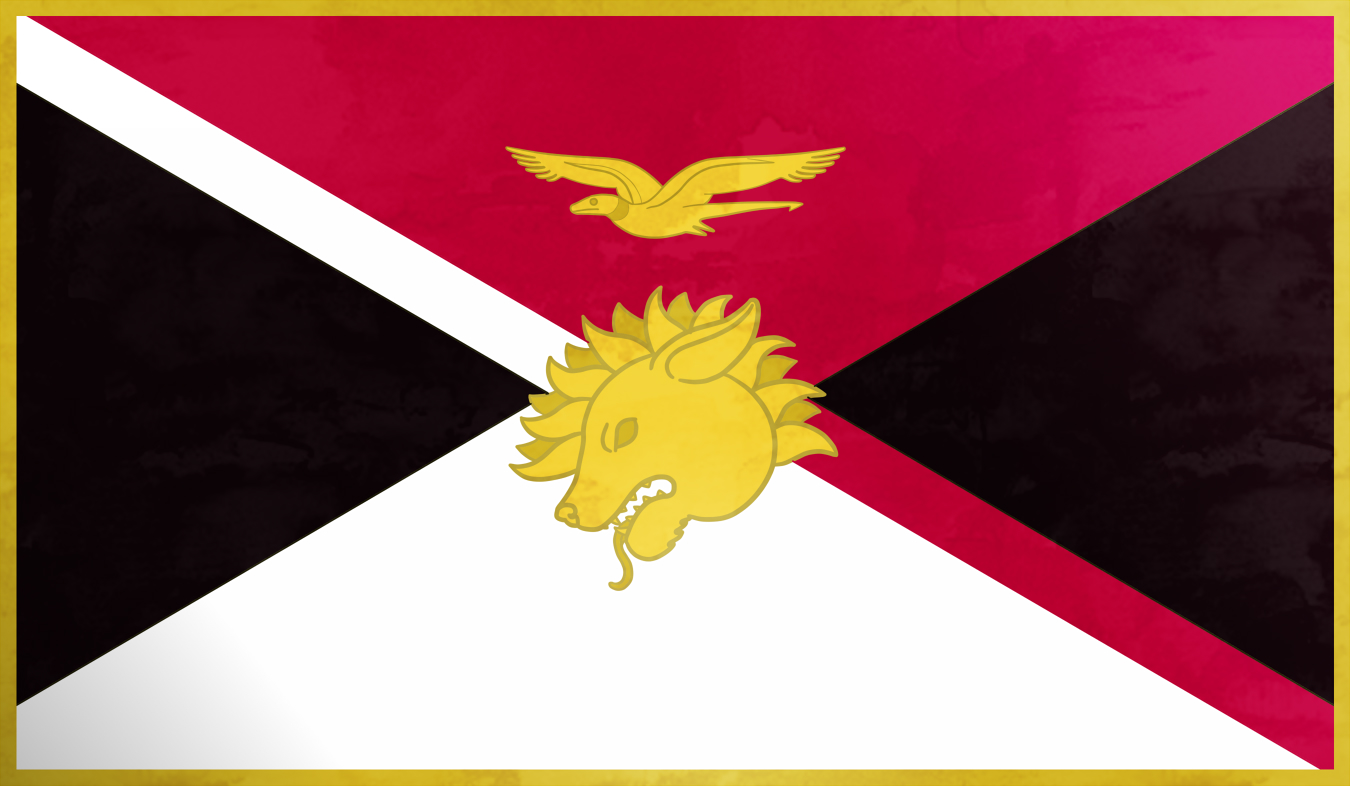
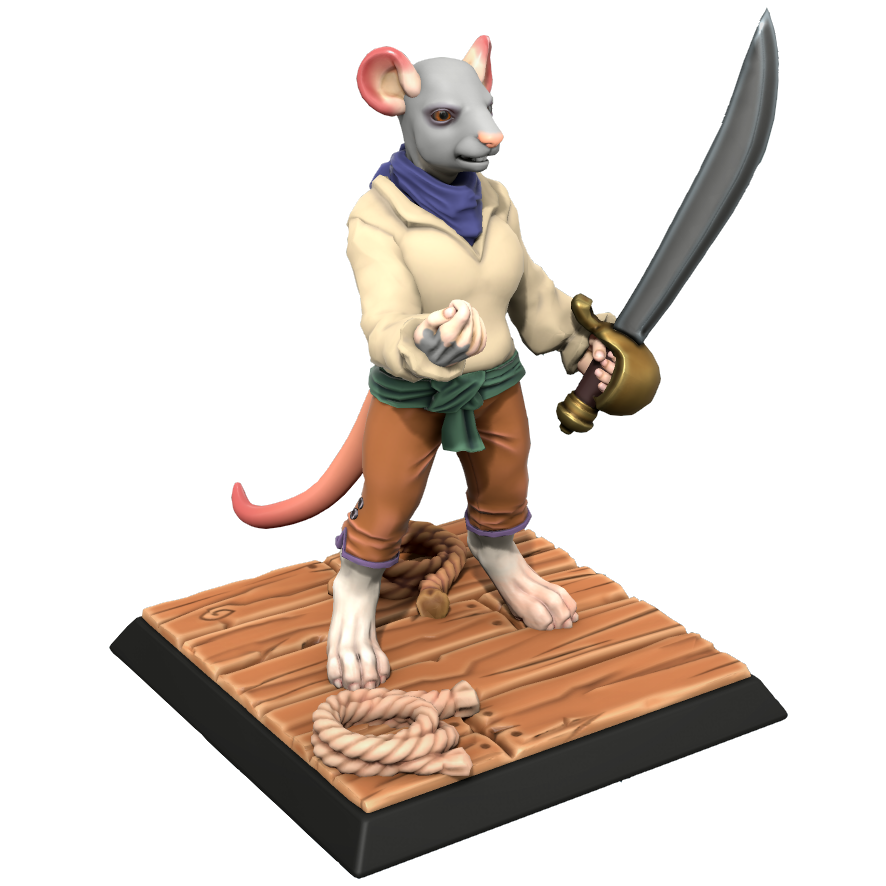
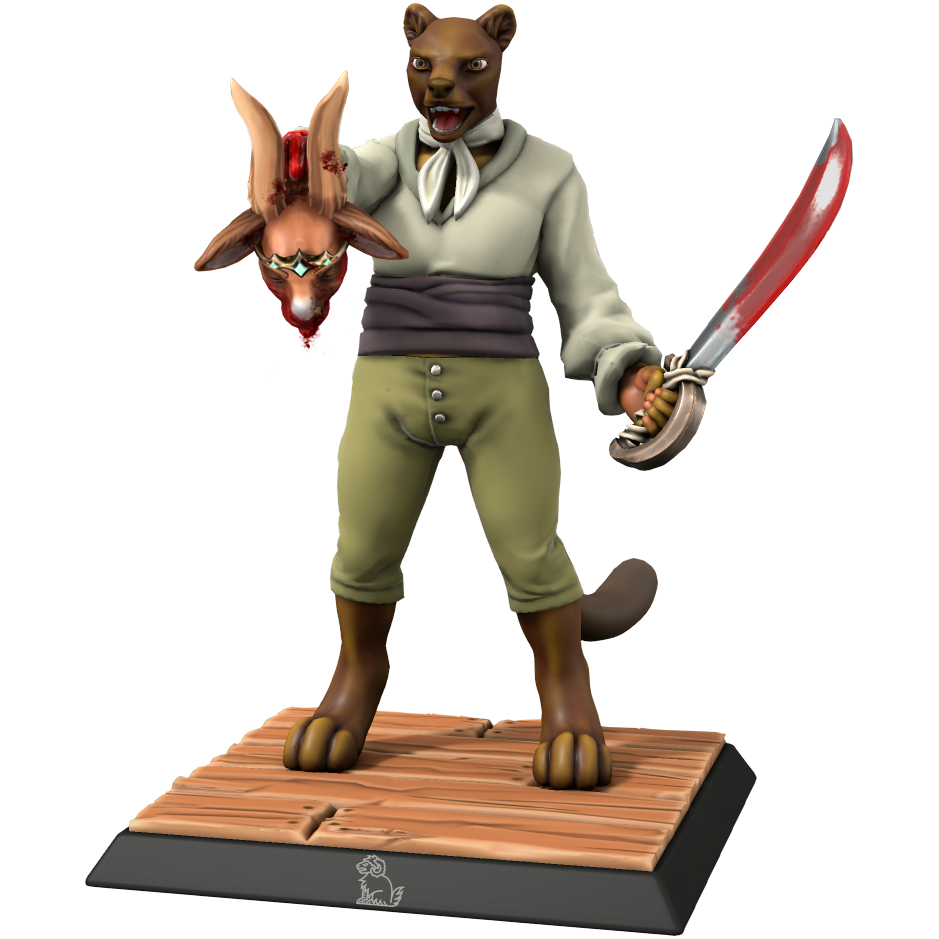

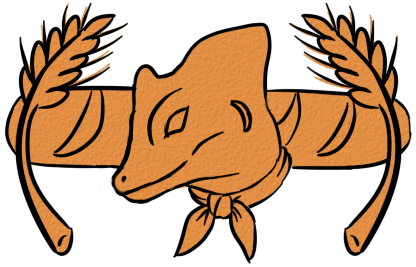
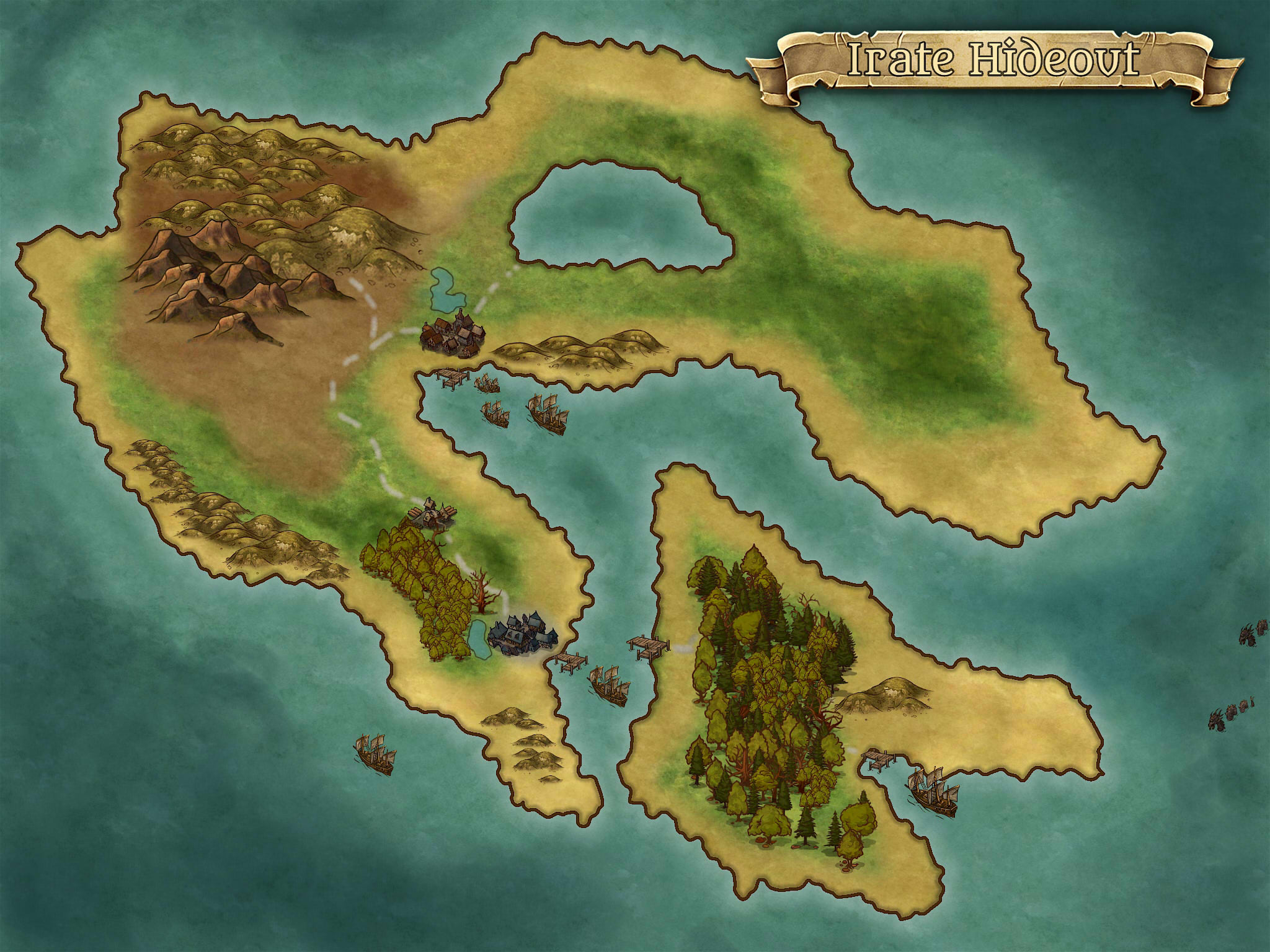
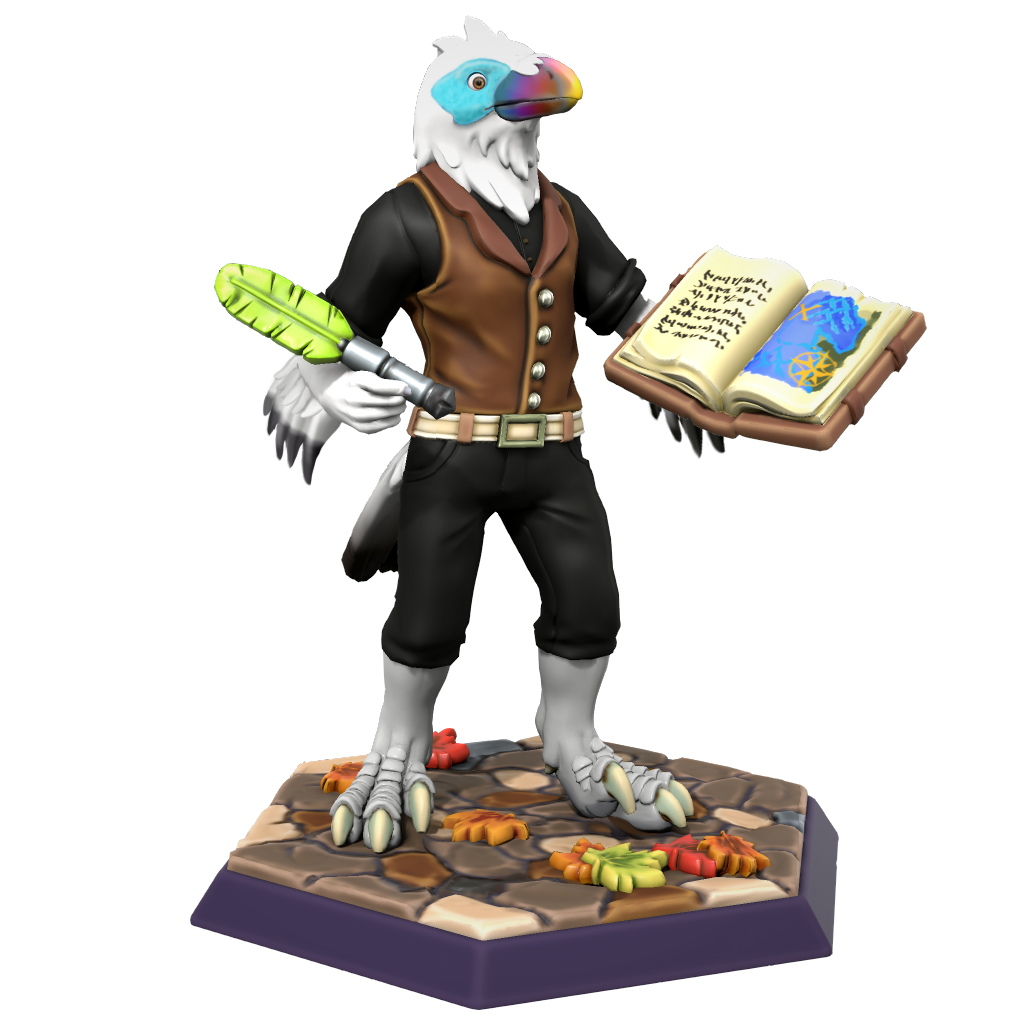


I consider myself lucky to be the first to leave a comment on this piece since I found it packed with interesting connections and ideas wrapped in a good handful of commitment.
When I started reading, the skull was yet another skull with a sword on a black flag — nothing unusual, more of the same. Then it was neatly connected with real-life events and was no longer a random thing, but the skull of the prince of the enemy king — a trophy and a reminder of a deed. Then it became a part of something even greater when it was used by the pirates to show off their victory and by becoming a myth it became a symbol of power, as I understand it.
Was Rosscot island intentionally made to resemble the skull of the prince? With a changed front, antlers removed and rotated it is somewhat similar.
The further growth and transition of the Irates to a guild and their involvement in the revolution fits nicely with their initial ideology while shifting from raging criminals to settled traders/politicians. I really liked this part as it felt like watching the organization grow organically and adjusting itself to become more stable/less explosive and perhaps more powerful.
I'm curious. Is the skull of the beheaded prince considered an artifact at this point in history? Meaning, would reclaiming it by the kingdom remove the Irates from power or at least damage/weaken their reputation?
Thank you for an inspiring read! It made me think differently of how to construct an organization.
P.S. I love the interactive model of the ship and couldn't play enough with it! It did a wonderful job explaining the event while being much more than a static image.Hello Ang! Thank you so much for your super detailed comment, it made me very proud of my organization that you were able to make such an analysis from it!
The shape of Rosscot island is unrelated to the skull - That island is not meant to resemble anything in particular, though I find the lake inside to look very jellyfish-like. The skull is definitely an artifact - it does not confer any particular power to the Irates by itself, but it is an important piece of their (somewhat frail) organizational identity: Most new Irate ships are named after it in one way or another. If the Kartian monarchy were to be stable, they would definitely pursue reclaiming it, but they definitely aren't in any position to spend time or effort in it. Thank you again for the wonderful comment <3